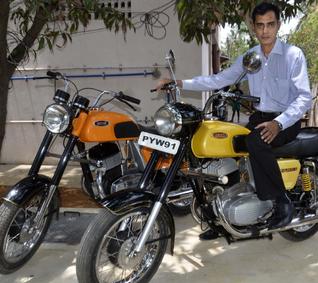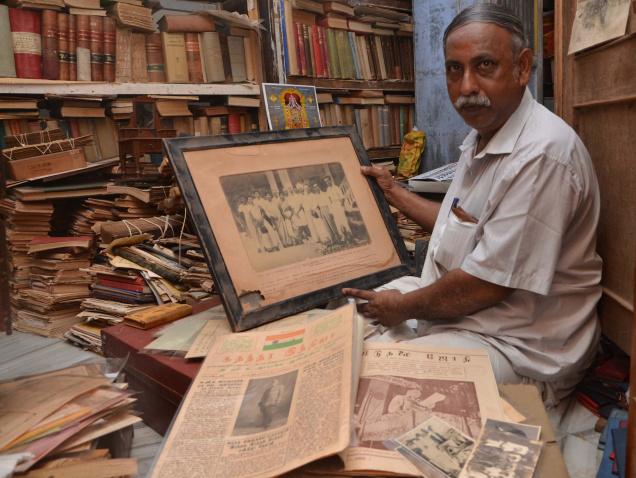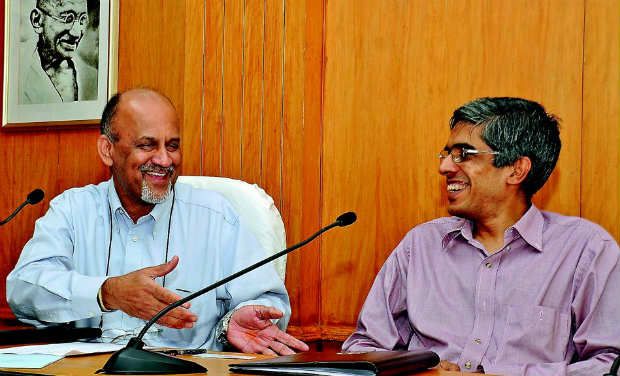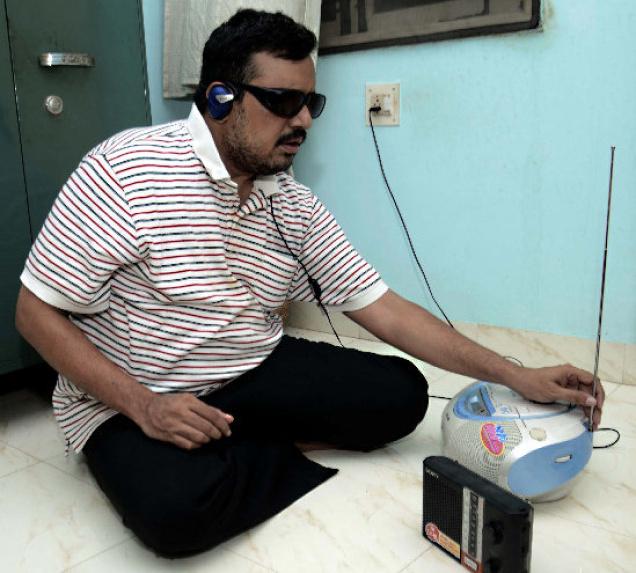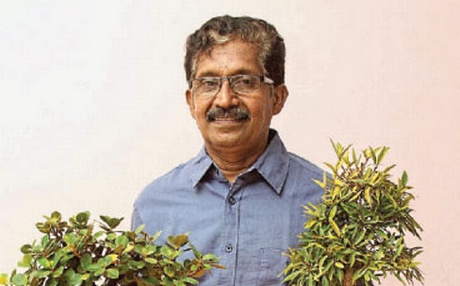
Lawyer-businessman D Ravindran could be considered an oddity. For, he has dared to breach a supposedly female bastion and emerged tops. Ravindran has been growing bonsais, lots and lots of it, for the last four decades on his one-and-a-half acre garden in Nagercoil, Tamil Nadu.
It all started as it normally does, as a hobby. A lover of ‘general gardening’ as he puts it, Ravindran’s meeting with Madhavan Nair, a staff member of an agricultural college to discuss rose cultivation and grafting, awakened in him an interest in bonsai.
Back then in the seventies when the idea first took root, books provided necessary guidance. Then came the time when he got acquainted with bonsai master Peter Chan, first by attending his class and then by interacting with him during subsequent workshops. Recalls Ravindran, “Thanks to my friend Dr Prasad, a devoted bonsai enthusiast that I was able to meet Chan. Prasad was impressed with my collection, and he invited me to a workshop being conducted by Chan in Hyderabad.”
However, much before that it was a workshop with Japanese bonsai master Susumu Nakamura and Karuva Nakamura in the mid-nineties in Mumbai that gave him the much needed impetus to pursue this art form.
Ravindran took to the art doggedly and it was certainly not roses all the way. Fellow enthusiasts too thrashed his work of larger than normal size bonsais, saying that a bonsai had no right to be huge but as a rule, be small. But he was vindicated in the end when experts complimented him on his method and style.
Initially, when he went public with his collection in flower shows, many wondered what bonsais were doing there. The tables seem to have turned now. According to organisers his bonsai collection acts as a crowd puller at flowers shows and exhibitions.
So what was his first bonsai tree? “A banyan,” he replies unhesitatingly before going on to enumerate its attributes and current condition. After that, he worked with ficus, bougainvillea, jade and casuarinas, the latter two being his favourites.
Beginners, he says, should begin with ficus, a hardy and tolerant plant and for which one does not have to struggle to get the desired result—only five years! “Patience and perseverance are qualities that bonsai lovers should have in plenty,” says Ravindran who has held bonsai workshops all over Kerala and other cities in India. His zeal and devotion towards this art saw him being elected president of the Kerala Bonsai Association. Besides this, his other noteworthy achievement was in 2007 when at the All India Bonsai Convention and Exhibition held in Mysore, his Bodhi Tree was awarded the prestigious Iwasaki Award.
He also runs a bonsai nursery called Nikki Bonsai. “It is difficult to give my undivided attention to the 2,000 bonsai plants/trees that I have here. Technical and creative aspects are taken care by me, the rest I leave to my five-member team of gardeners,” he says.
Perhaps, the proudest moment for Ravindran must have been when he discovered a new species suitable for bonsai culture and of course, mentor Chan’s visit to Nagercoil. Also noteworthy is his contribution to convert and develop a barren hill at Chunkankadai, Nagercoil into a lush green forest.
But for all that, the bonsai expert treasures his work for its spiritual overtones, keeping him as it does bound to nature, besides fostering a sense of well-being.
source: http://www.newindianexpress.com / The New Indian Express / Home> Magazine / by Sunita Raghu / May 26th, 2013
